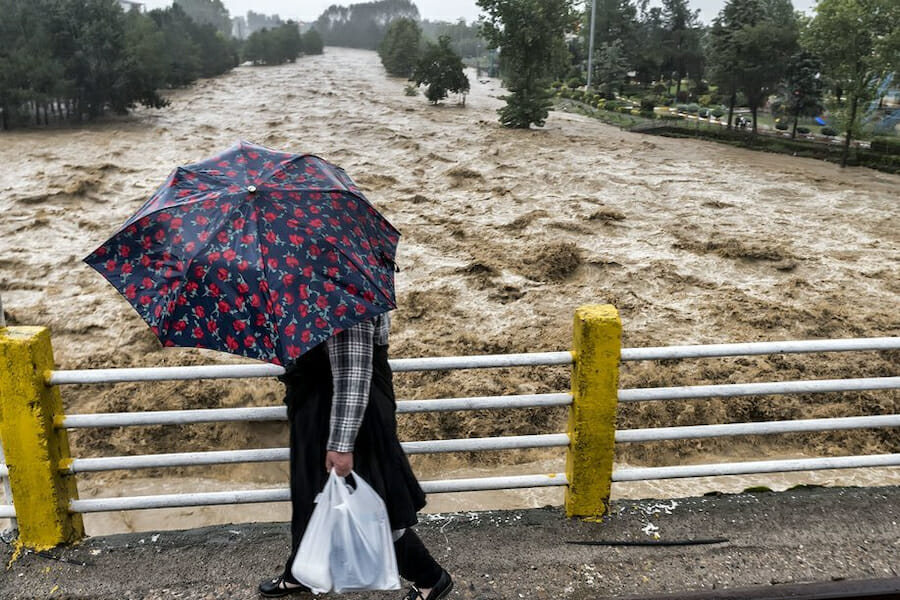
What Happens When Iranians Realize Who Changed Their Climate
The Green New Deal is still in the news. Occasionally, a high profile politician will add his/her support and it gets some coverage and occasionally another politician will condescendingly remind us that climate change will need to wait in line behind immigration or whatever other issue has claimed the news cycle.
There is a good example in the news this week of how that kind of public complacency could turn horribly wrong. Here are two views: “Iran floods: Mass evacuations amid warnings of heavy showers,” and “Six more towns evacuated in Iran with more floods expected.”
Floods in Iran are catastrophic. The death toll will be significant and the cleanup expensive. They are also the result of weather patterns that are distant outliers in terms of traditional weather possibilities. Iranians, like any other society, hope for sunny days and regular rains. Built into that hope, is the realization that the weather will do as it may. Every society, on every continent, has some variation of this fatalistic relationship: you just can’t tell the weather what to do.
The trouble we have, and when I use the first person plural, I mean humanity, is that these weather changes are not the result of God’s whimsy. Our introduction to climate change will not be an explanation on TV, or online, explaining a graph with a zigzag line climbing diagonally across the screen. That explanation will be there, and it will be helpful, but understanding will need to strike home more deeply, and that which could rock our foundations.
I have recently returned to Canada after thirty years in Africa. I live in a small house in farming country. I look across open fields with a forest background. I used to cross those same fields as a teenager. Of course, Canada is famous for its winters and I, like many Canadians, am proud of being able to handle them. This winter was unlike those I knew as a teenager. Of course, we had blizzards. But we never had blizzards building six-foot drifts three days after the sun was so bright you thought spring had arrived. Odd inclement weather with winds that howled around the corners of our little house. A venomous, house-shaking howl. I am a Canadian, and as I say above, I can take it, but at the same time in my gut, I know this is different.
In Tanzania, where I spent 20 years, most of that time farming. I saw the same certainty so often in the habits of villagers. The regularity and predictability of the weather in northern Tanzania was so marked, it was the target of jokes. It was often said Tanzania didn’t have weather, just climate. Farmers planted maize on the same day every year just as their fathers had. Recent Africa news on the dangerously low yields isn’t primarily about low yields because of too little rain. It’s about farmers doing what their fathers and grandfathers always did. But now, with Climate Change, that just doesn’t work.
So climate change is everywhere. Africa, Central Asia, and my front lawn. But the cause of climate change isn’t everywhere. It’s in the industrialized world. And the center of the industrial world and the greatest cause of the problem is the United States. That’s a little scary. Of course, it will take time for the Iranians, just like anyone else, to see the reality behind the change, but when they do and that day is certainly coming, one can imagine they being quite upset. Nobody wants an upset Iran or unbalance in the Middle East. Especially one that is in the right.
It would seem obvious that the United States should take some steps to be in a leadership position on the world stage when that day comes. To have abdicated that place will make it so much harder for the rest of the world to find a positive direction, which is dangerous for everyone.

